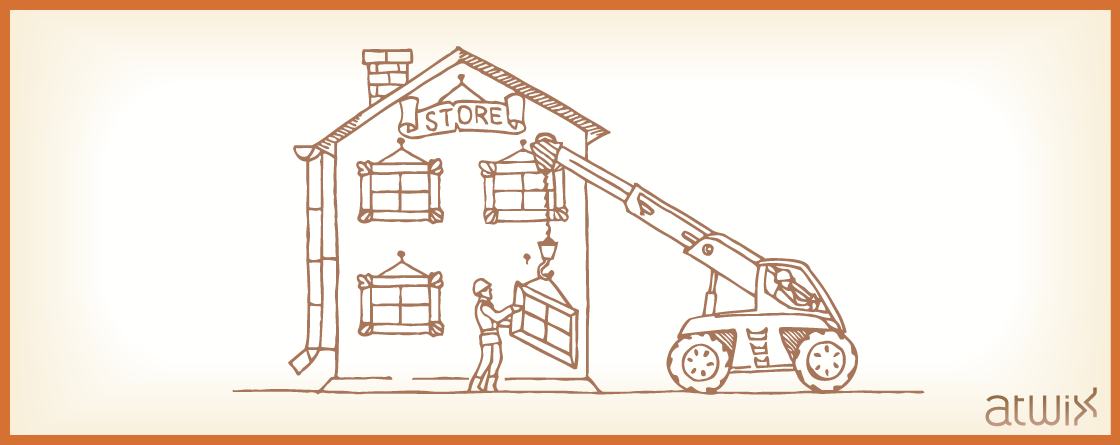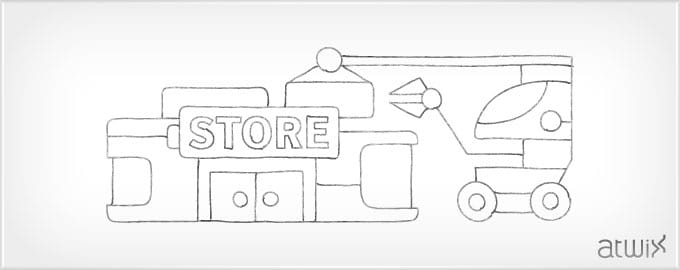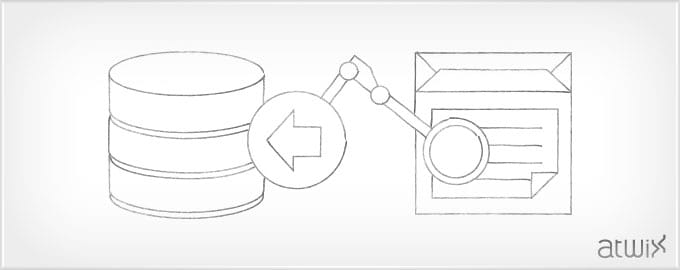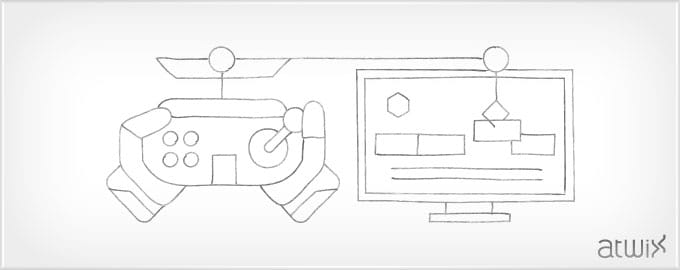Have you ever struggled with how to programmatically add a custom layout handle to a product page and what’s the best way to do it? Use the power of Magento 2 plugins (also called interceptors) added into the right place and you’re done!
This time we describe the breadcrumbs that redirect you to a product page. We think that almost every one of you had a chance to work with the breadcrumbs in Magento.
In our previous article we have discussed how to add tabs to the product page. After Magento 1.9 has been released people started asking how to handle the product page tabs since the previous method caused different troubles. The reason is in the modern RWD theme, which goes out of the box with Magento 1.9. It uses slightly different method for adding tabs than in the previous versions. So, let’s review how you can easily add own tabs on the product page for RWD-based themes in Magento CE 1.9.
Hello dear friends. While working with Magento, many of you may have noticed that, when you manage products in the admin you need to see how the product looks on the frontend. Of course, you can open a new page, then open frontend search or write direct url address to this product page, as Magento does not have the button or direct link from the admin page to the frontend product page, but it is not very simple way. Let’s create module with this feature.
The product page is one of the most important parts of your store. That’s why so much attention is paid to make this page look perfect.
Read also: Resource model for Magento product flat tables.
Tabs is a good way to display a lot of data inside a compact block. It helps to avoid huge scroll bars and also looks much nicer on portable devices. You can find tons of Magento templates with tabs on the product view page and we are going to tell you the easiest way to add them there. All examples are applicable to the default Magento theme, but with practice you can use following methods to customize your own theme.
Custom resource models in Magento are crucial for optimizing data retrieval, particularly from product flat tables. These models allow for more efficient data access, reducing load times and enhancing user experience on eCommerce platforms. By implementing custom resource models, businesses can address specific data retrieval challenges unique to their operations, leading to improved performance and scalability.
Atwix, with its extensive expertise in Magento, is well-positioned to develop these custom solutions. Their deep understanding of Magento’s architecture and best practices ensures that custom resource models are not only effective but also seamlessly integrated with the overall Magento ecosystem, providing a robust and optimized eCommerce experience.
In this article we will try to explain how to create your own resource model for getting data from the product flat tables. First of all you need to know why we should do this. It’s simple.
Understanding Magento Product Flat Tables
Magento’s Entity-Attribute-Value (EAV) structure is designed for flexible data storage, allowing for the dynamic addition of attributes to entities like products without altering database tables. However, this flexibility can lead to performance issues due to the complex queries required to retrieve data.
Product flat tables, a feature in Magento, address this by consolidating data into a single, flat structure, enhancing query efficiency and site performance. While this improves speed, especially for product listing and filtering, it can limit the dynamic nature of attribute management and increase database size, potentially impacting other areas of performance. This trade-off is important to consider when optimizing Magento stores.
For example, you have a category page with configurable products and you need to get all attribute values on this page.
There are 2 ways to add a new tab to the product edit page in admin panel of Magento.
First method:
Let’s add a tab for a custom module.
Add the following code to your config.xml file in the global scope:







